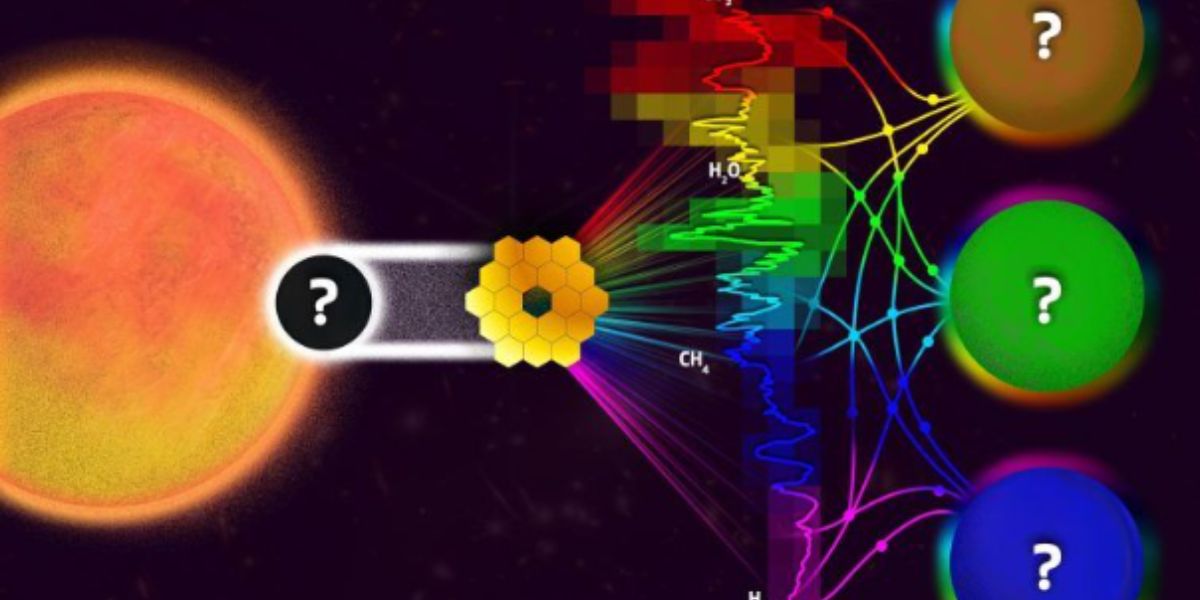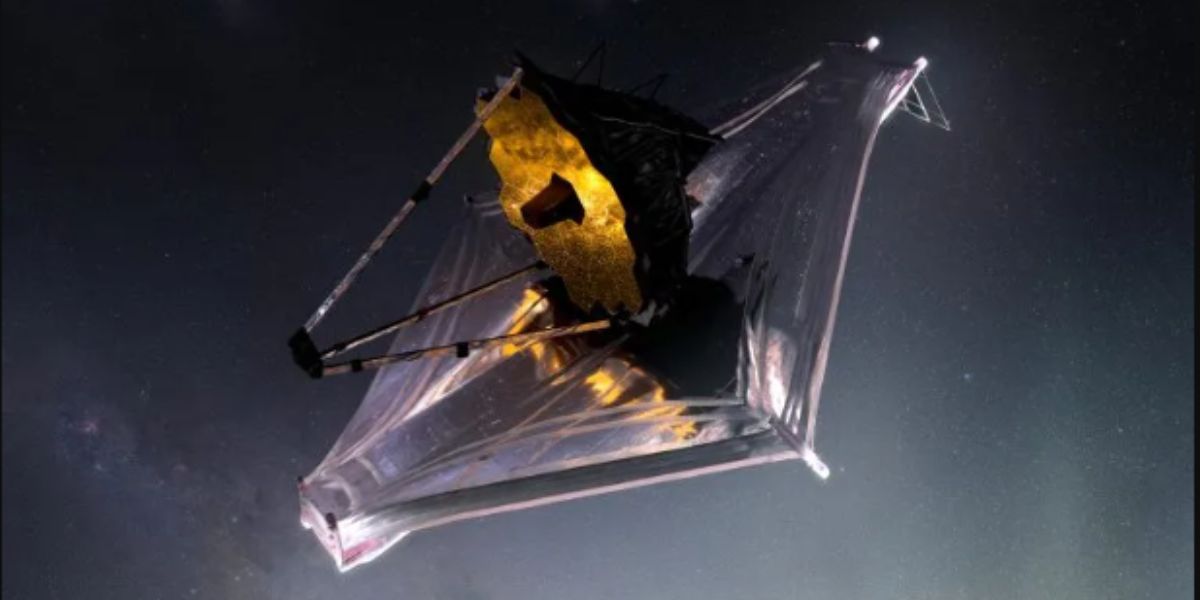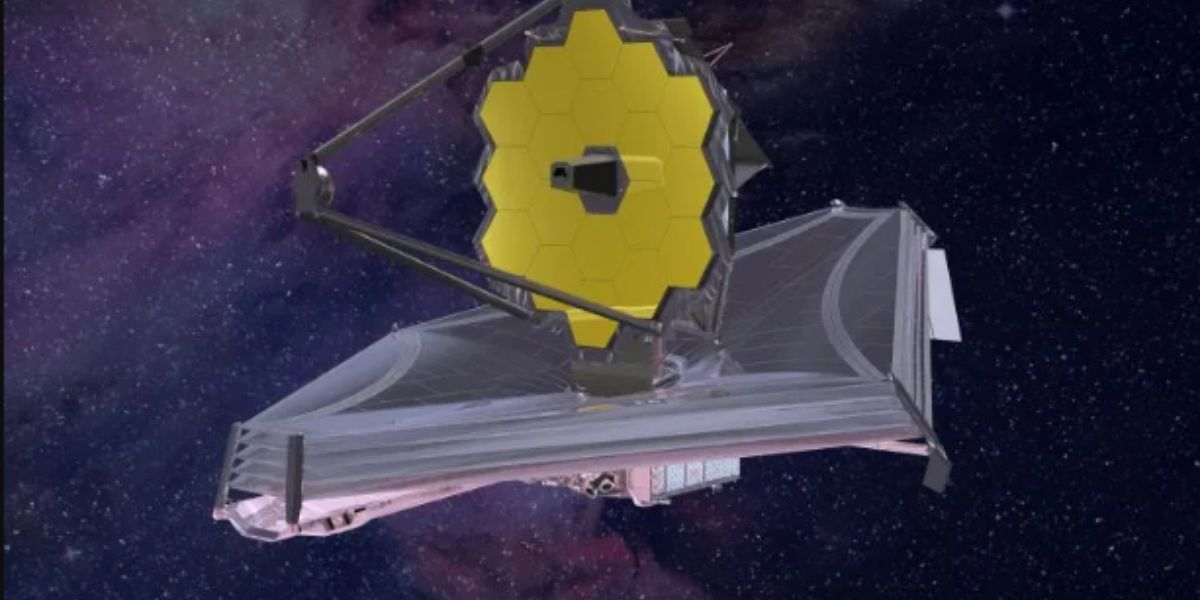In the ever-changing world of technology and retai...
news-extra-space

 A recent MIT study suggests that the methods astronomers generally employ to decode light-based signals might not be sufficient to correctly understand the data from the new telescope. The researchers believe that in order to match the accuracy of JWST data, opacity models—the instruments that model how light interacts with matter as a function of the matter's properties—may need extensive retuning.
Unless these models are improved? According to the experts, planetary atmosphere characteristics like temperature, pressure, and elemental composition could be incorrect by a factor of ten.
A recent MIT study suggests that the methods astronomers generally employ to decode light-based signals might not be sufficient to correctly understand the data from the new telescope. The researchers believe that in order to match the accuracy of JWST data, opacity models—the instruments that model how light interacts with matter as a function of the matter's properties—may need extensive retuning.
Unless these models are improved? According to the experts, planetary atmosphere characteristics like temperature, pressure, and elemental composition could be incorrect by a factor of ten. “There is a scientifically significant difference between a compound like water being present at 5 percent versus 25 percent, which current models cannot differentiate,” says study co-leader Julien de Wit. He is an assistant professor in MIT’s Department of Earth, Atmospheric and Planetary Sciences (EAPS).
“Currently, the model we use to decrypt spectral information is not up to par with the precision and quality of data we have from the James Webb telescope,” adds EAPS graduate student Prajwal Niraula. “We need to up our game and tackle together the opacity problem.”
“There is a scientifically significant difference between a compound like water being present at 5 percent versus 25 percent, which current models cannot differentiate,” says study co-leader Julien de Wit. He is an assistant professor in MIT’s Department of Earth, Atmospheric and Planetary Sciences (EAPS).
“Currently, the model we use to decrypt spectral information is not up to par with the precision and quality of data we have from the James Webb telescope,” adds EAPS graduate student Prajwal Niraula. “We need to up our game and tackle together the opacity problem.”
Leave a Reply






